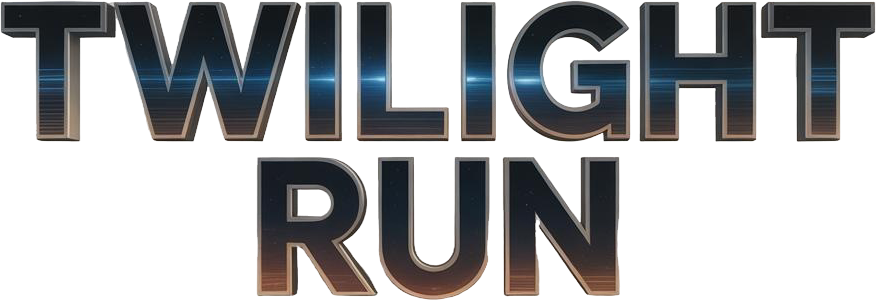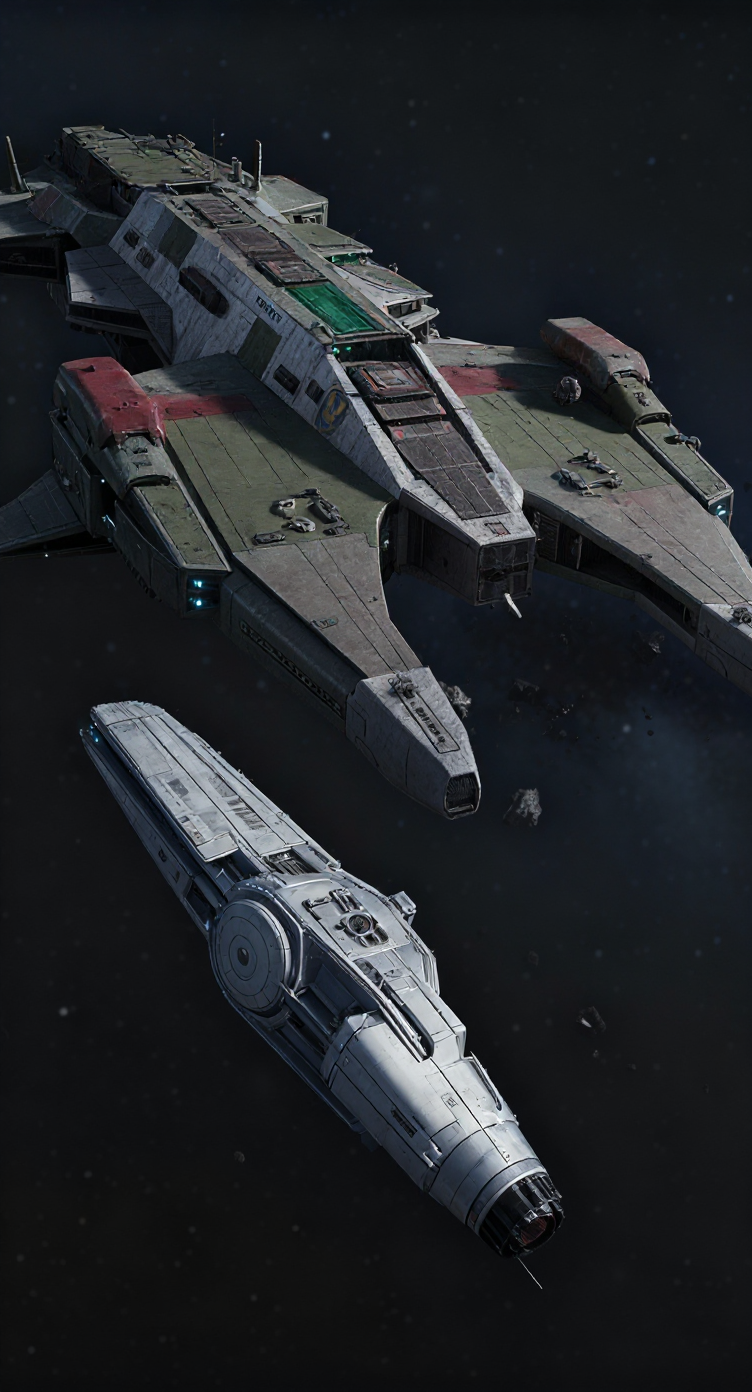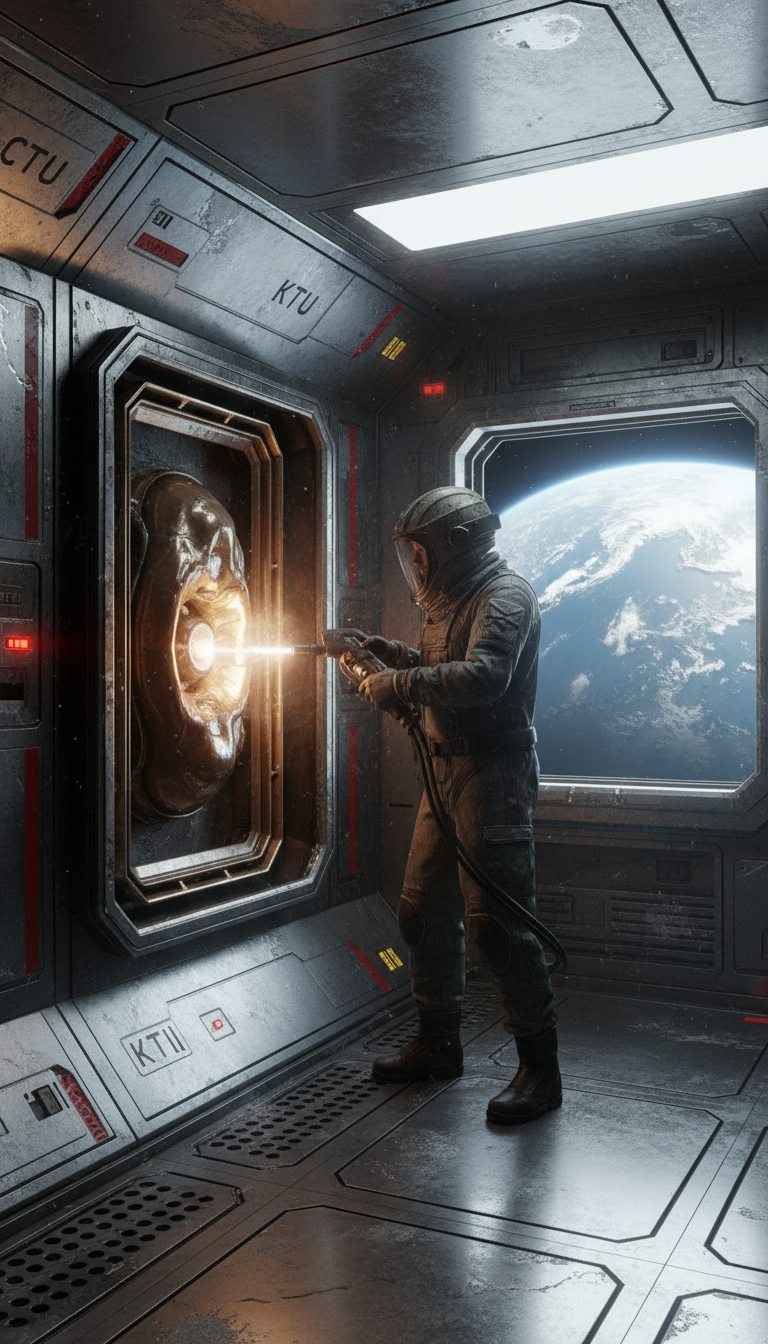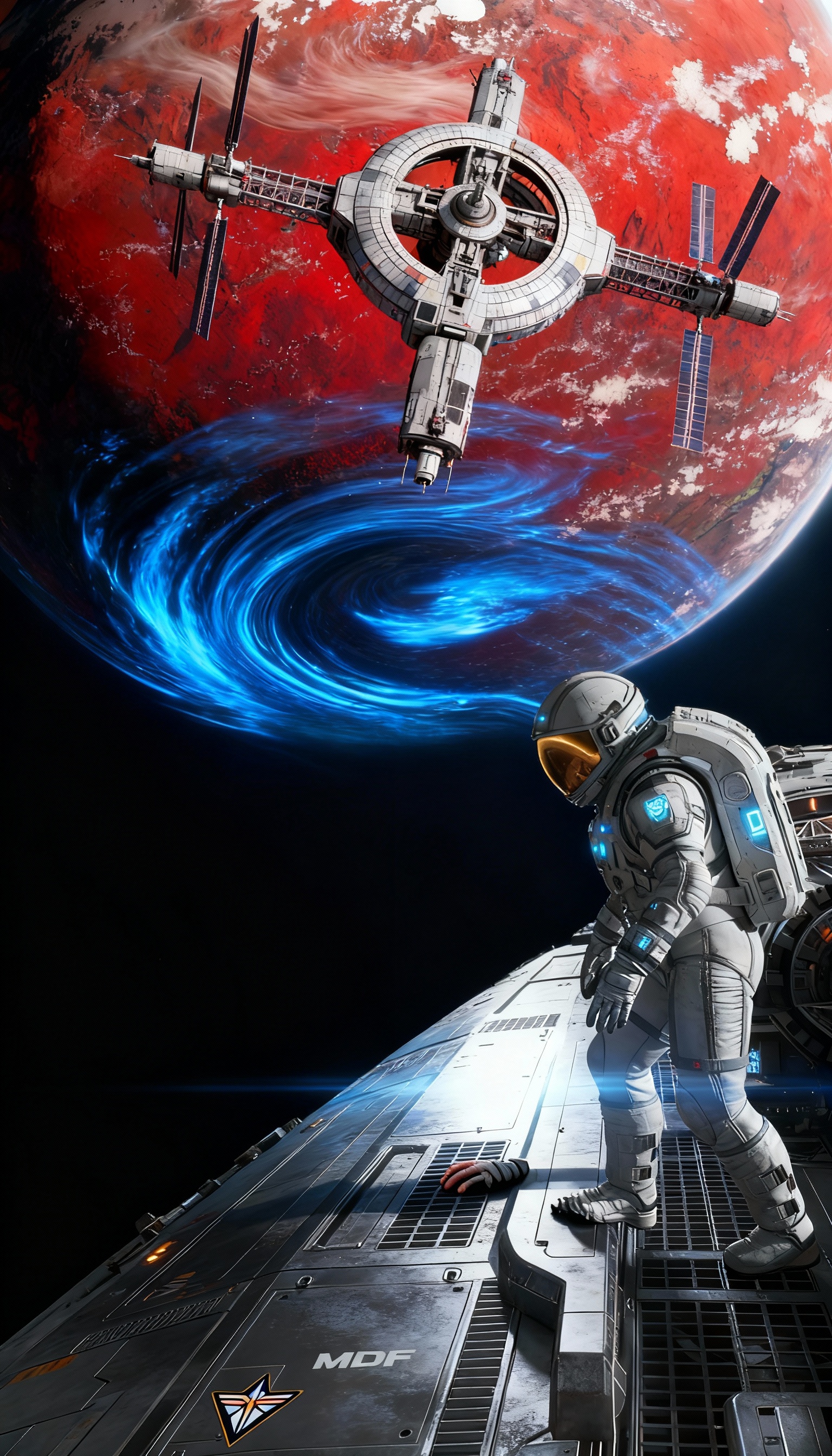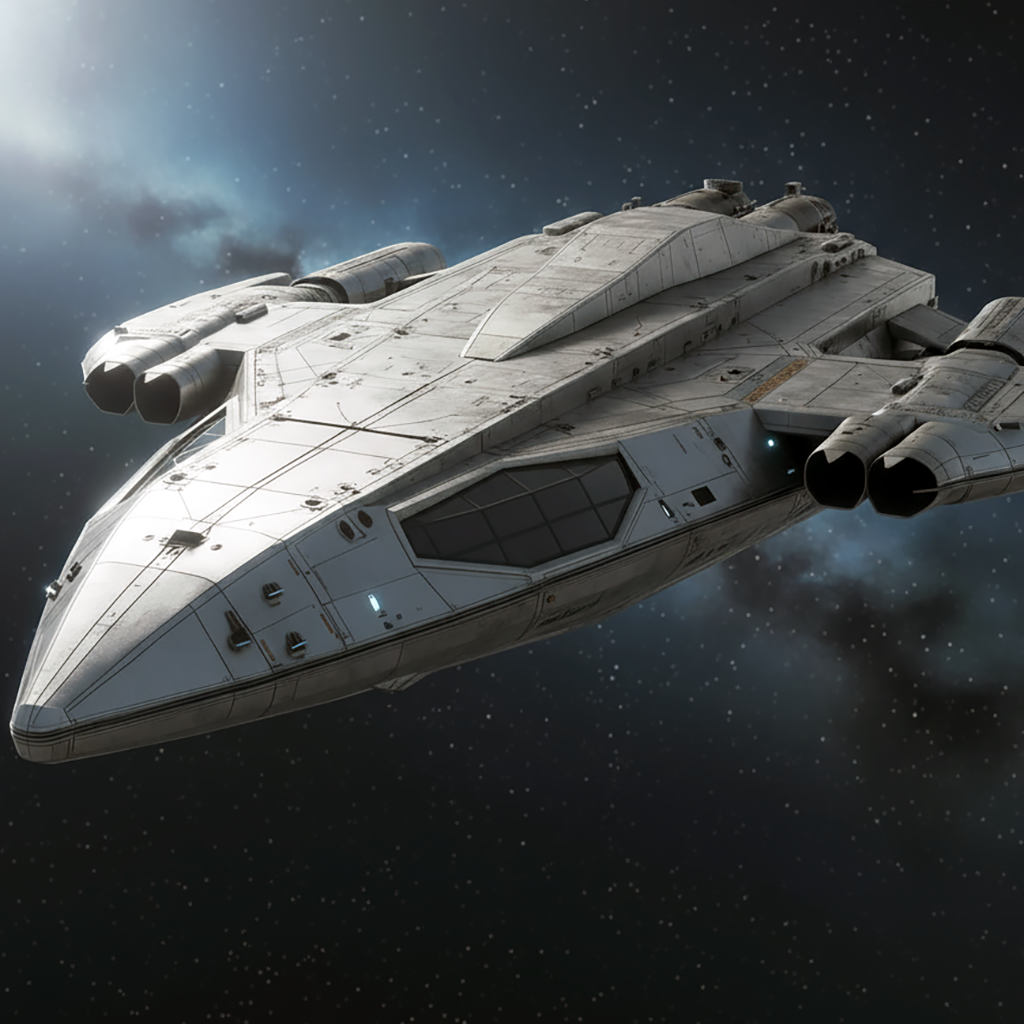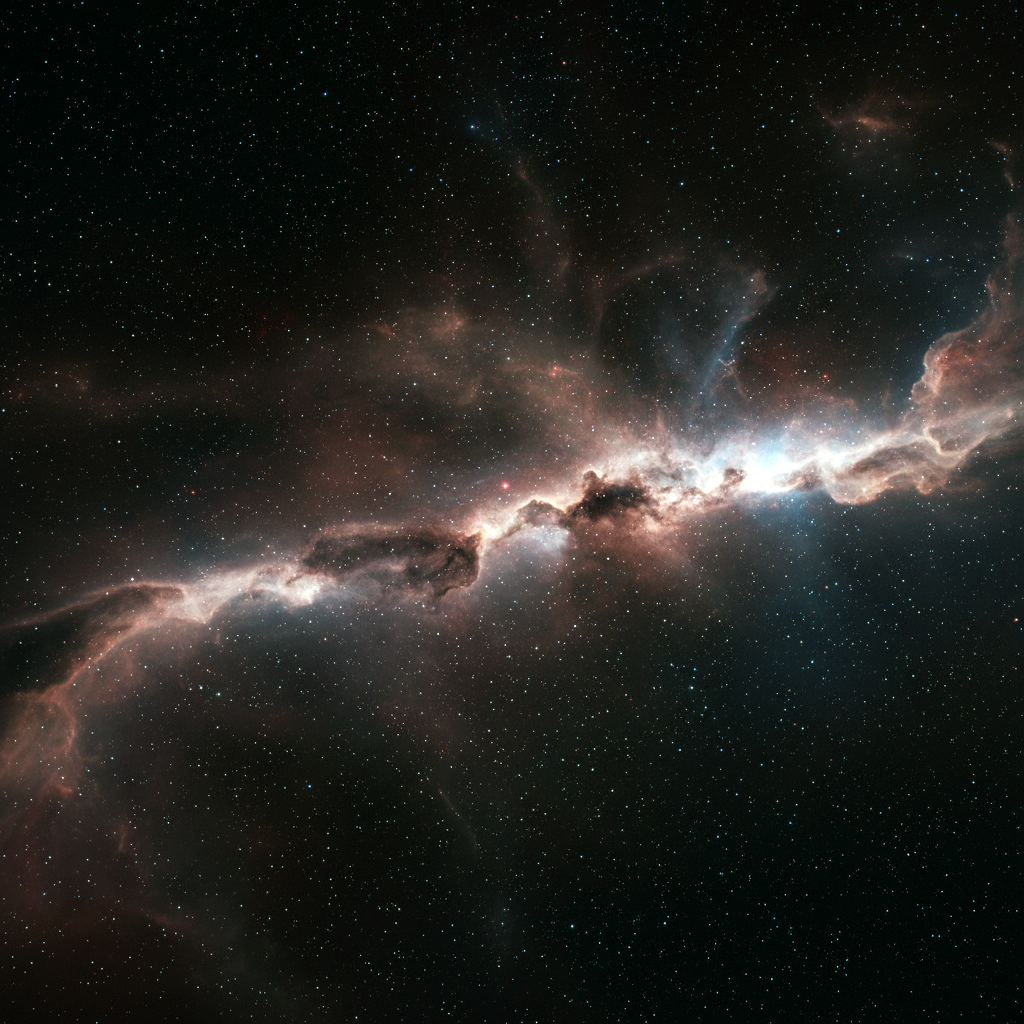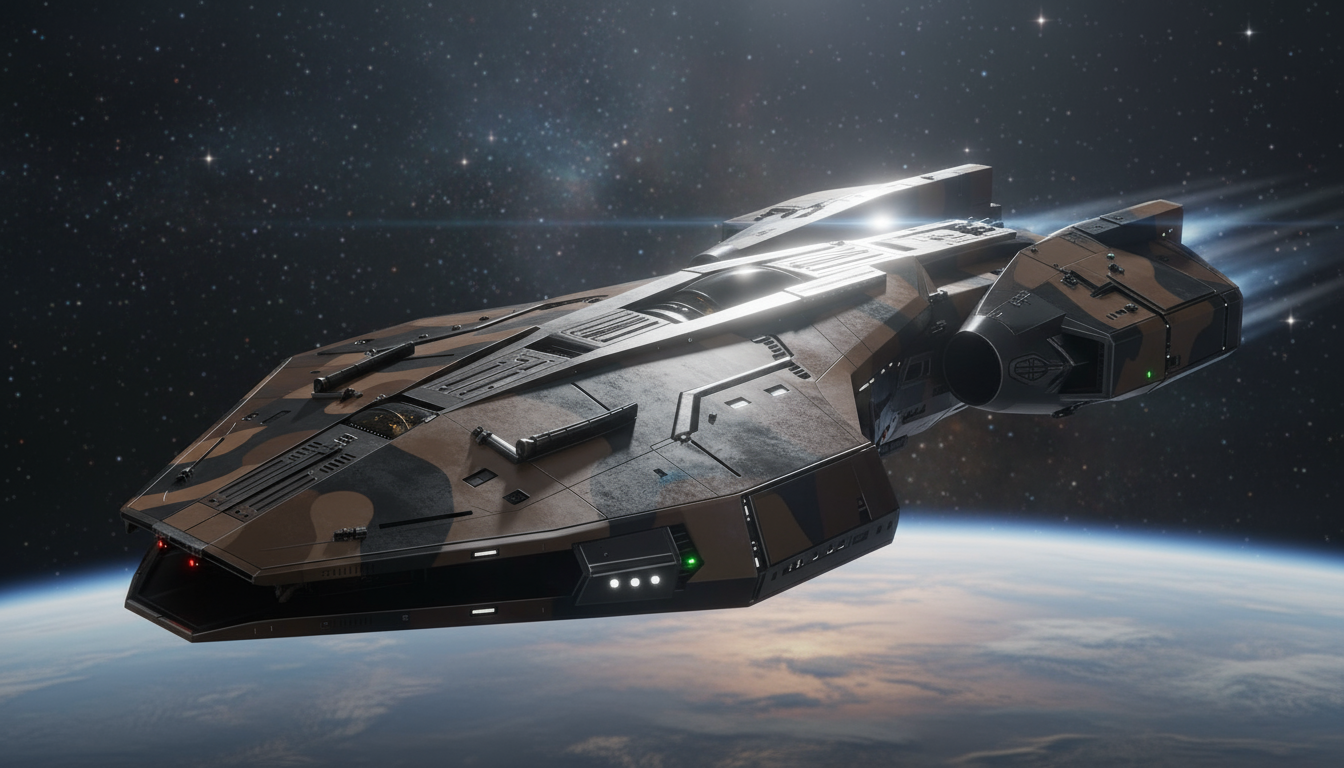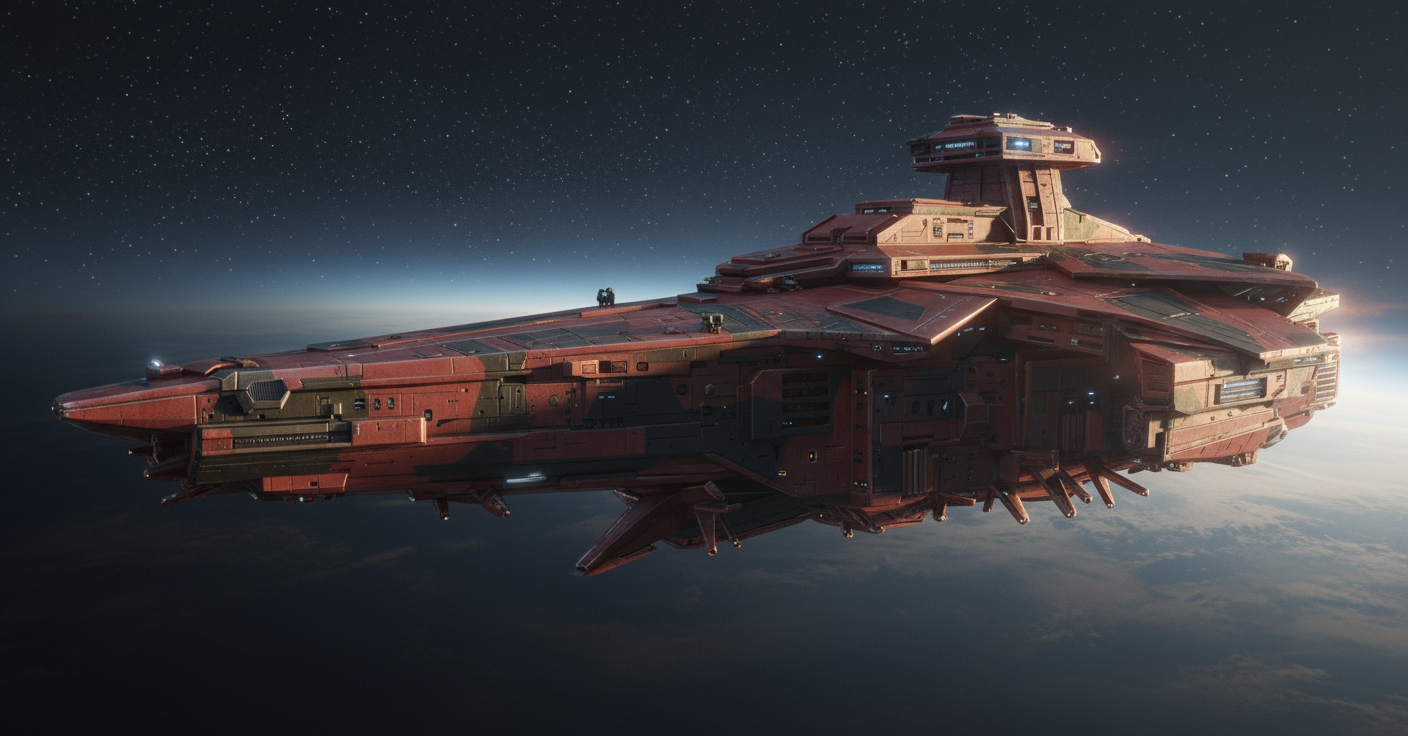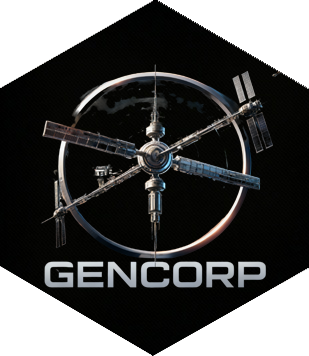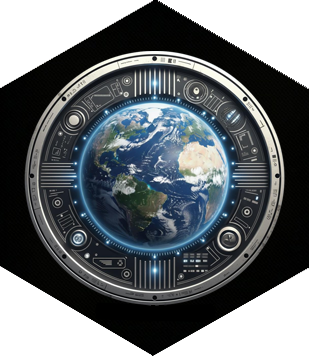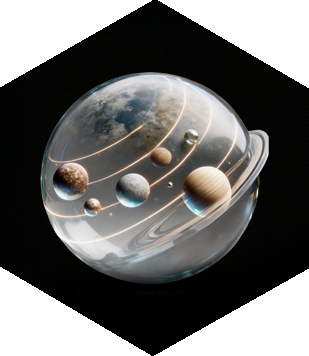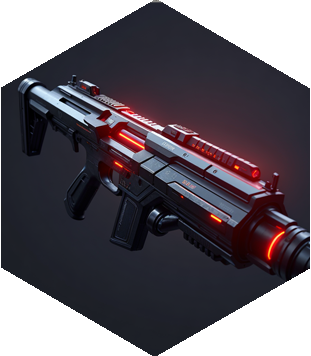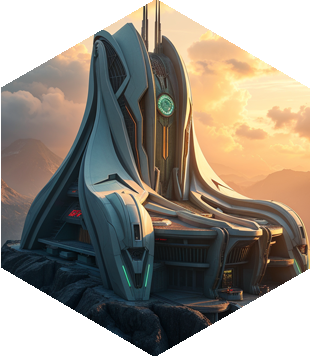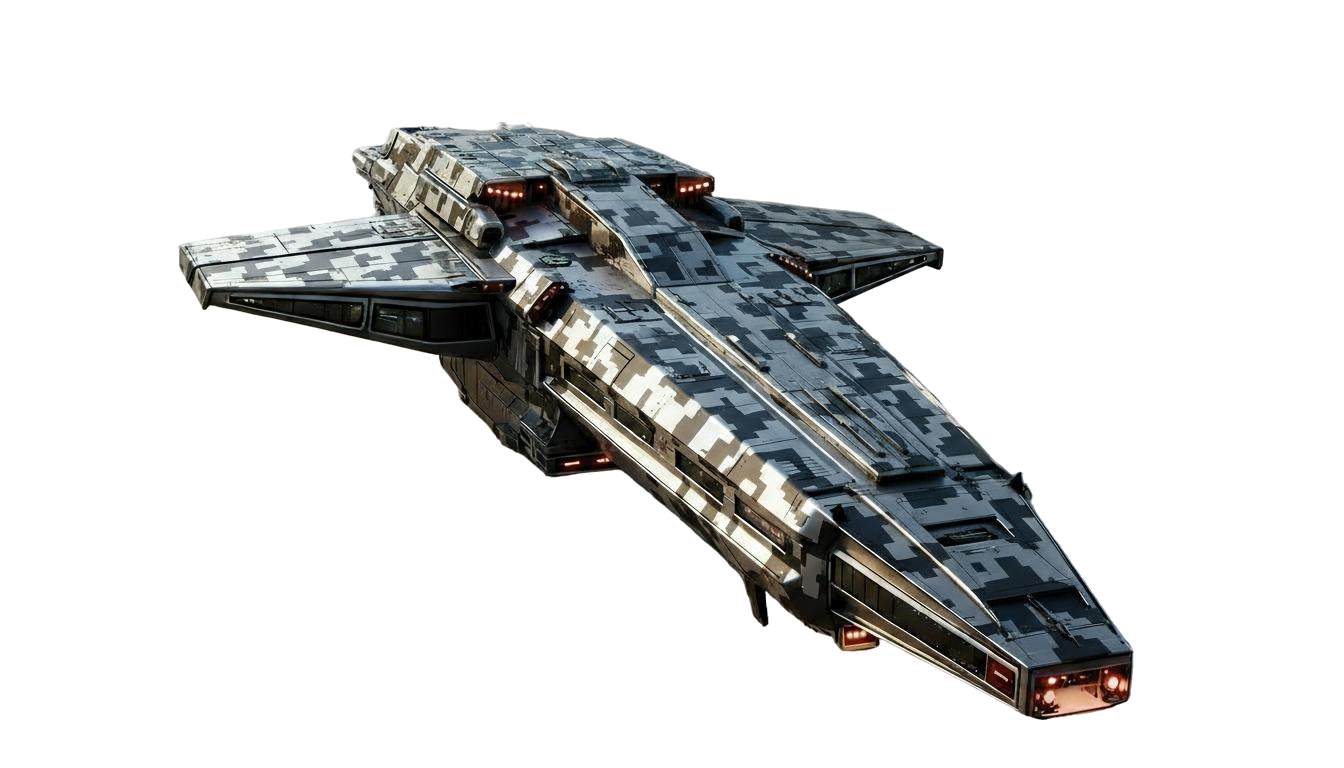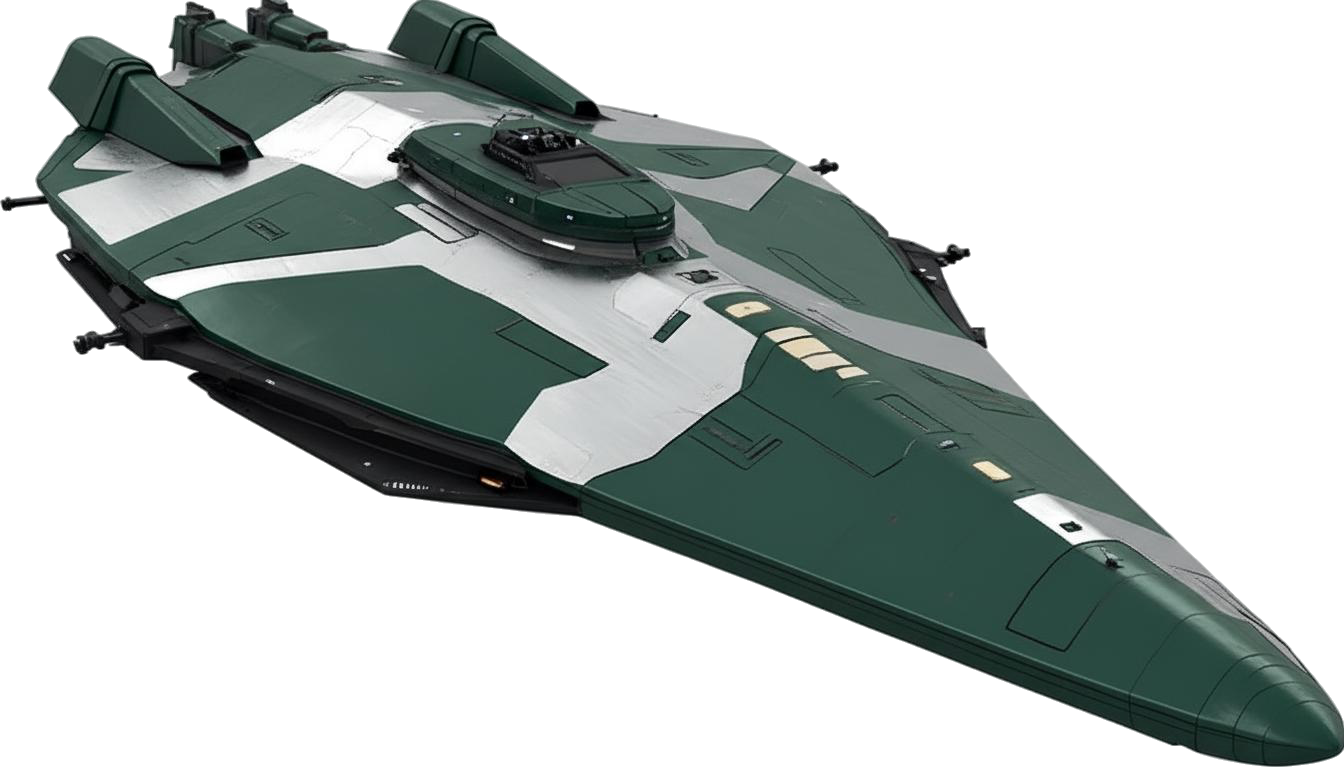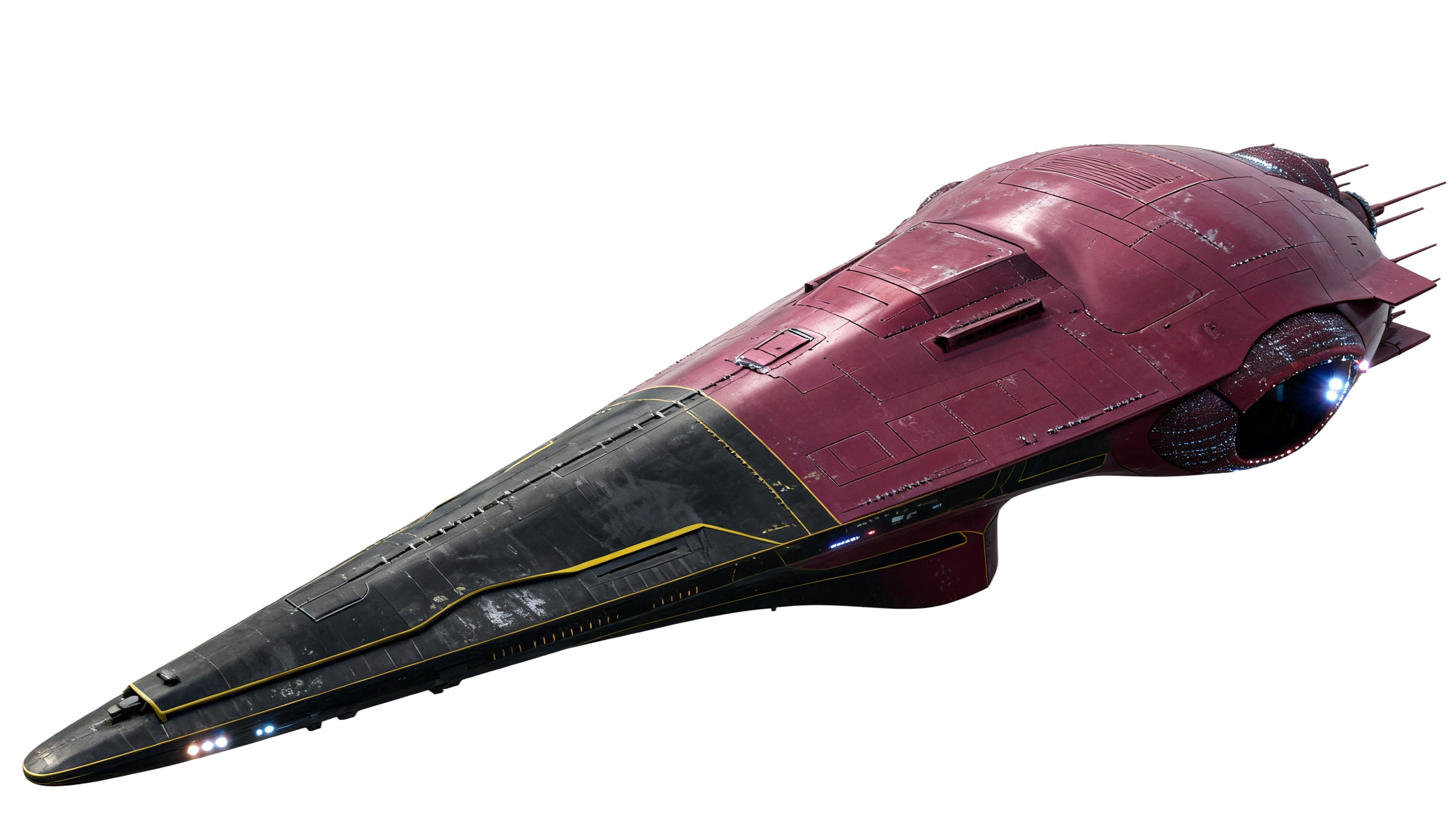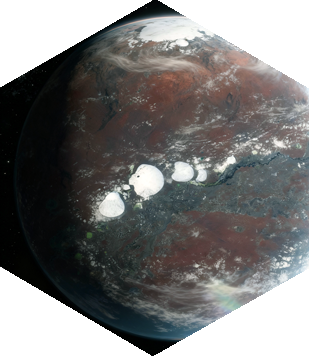The Sky on New Washington
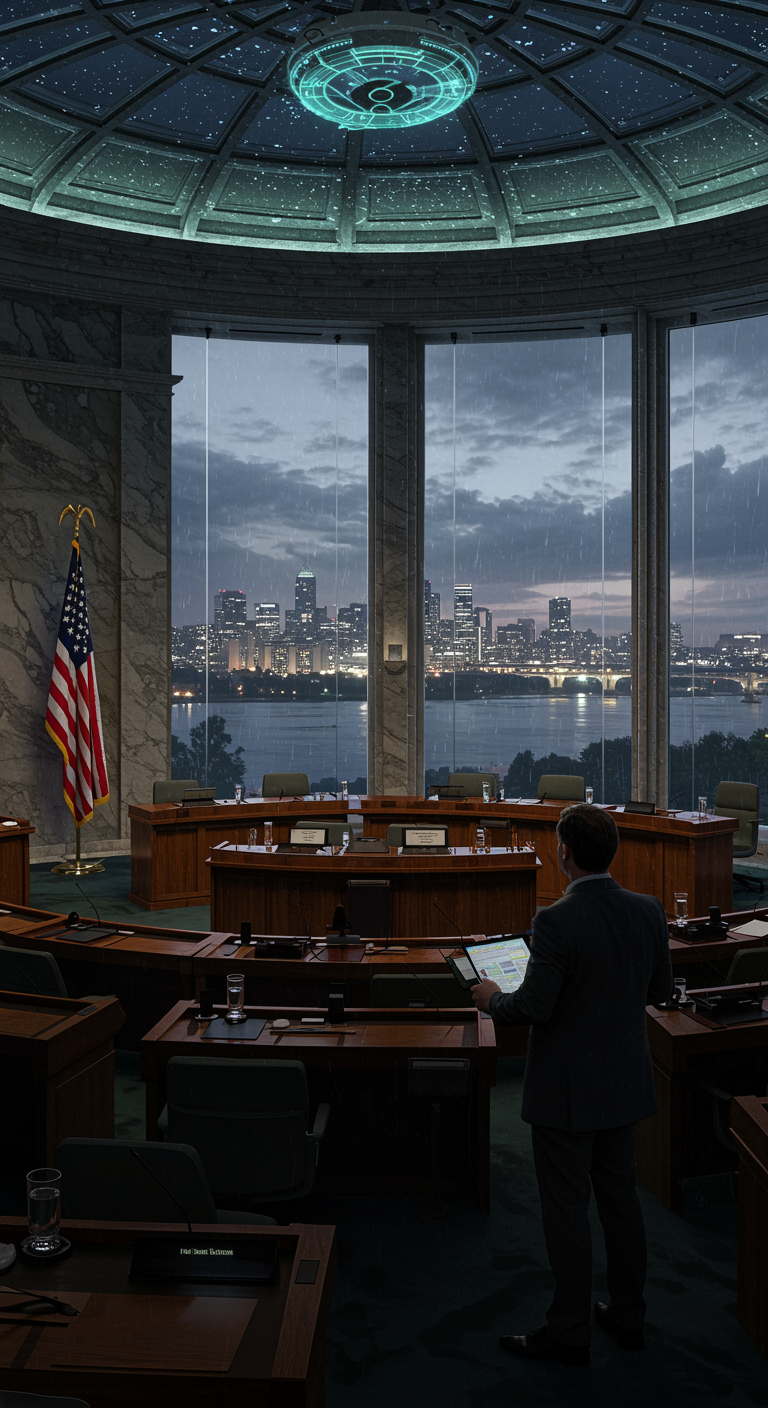
Day 1: The Sky on New Washington
They say New Washington smells like rain and stone, like the first hour after a storm when the city remembers it was built by hands, not algorithms. That is true on good days. On bad days it smells like hot copper and fear.
My name is Arelle Cho. My badge reads Senior Legislative Analyst, Interstellar Affairs Committee, but what I truly am is a listener with a long memory and a longer inbox. I track testimony, trade data, and the kinds of rumors that arrive in plain envelopes with no return address. I live three hundred floors above a river that only pretends to be a river, desalinated and disciplined into conviction. I ride a lift to a marble corridor that pretends to be a republic and is mostly a negotiation.
If you stand under the rotunda at dawn, the ceiling shows the known constellations in slow drift, an old architect’s trick using occlusion glass and a ring of projectors. Tourists applaud. Staffers never look up. We already know how far the stars are.
Two hearings this week will be remembered. The first wore its title like armor: External Security and the Pittman Incidents: Status Update. The second was quieter, held behind closed doors: Interpolity Coordination After Action Review: KTI Port Authority versus Colonial Transport Union (Hallmark).
You do not need to care about Hallmark to follow this story. Only know that men with expensive shoes can make a dockworker vanish into an acronym.
I arrived early for the Pittman hearing because the chair believes empty rooms invite surprises. The chamber lights were low, the dais a half circle shaped like a smile that never reached the eyes. Through the tall windows, the city blinked awake, transport ribbons lighting up, the river smoothing itself into a sleeve. If you looked straight up at the rotunda, you could see a false Vega slide past, calm as a saint. I did not look up.
Staffers grew from the carpet like mushrooms: data aides in sober suits, security in soft armor, stenographers placing real keys on desks because the old ways still fail less loudly. I laid out placards, poured water, and read the day’s brief three times, the way you read a diagnosis, symptoms, history, unknowns.
Unknowns: What is taking Pittman’s air?
Unknowns: Why do the attack traces look like weather instead of weapons?
Unknowns: Why does the Mutual Defense Force keep sending ships that return with nothing but an ache in their hulls and a playlist of alarms no one admits to writing?
When the public began to file in, the room tightened. You can always tell the relatives, small movements, deliberate, as if any sudden motion might break the last thread connecting them to someone not yet officially lost. A woman in the second row wore a scarf the color of new leaves. She held it where it crossed her throat, two fingers pressed to the knot, as if that was where her pulse lived now.
The first witness was a climatologist, shy but furious. He showed models that looked like thunderstorms, except the storms formed at ground level and climbed instead of falling, pressure differentials rolling outward instead of in. He said the pattern was not atmospheric; it was motivated. I wrote that word down. Motivated. I underlined it once.
The second witness, a logistics officer from the Mutual Defense Force, spoke like a ledger. She said relief depots were staged two jumps away, that the corridors were being kept clear by treaty, that pirates waited in the slips like cars outside a funeral because grief always attracts a certain kind of business. When a committee member asked if the MDF could guarantee the safety of any evacuation, she stopped sounding like a spreadsheet. “Guarantee?” she said. “There are no guarantees. There are good days and days when we wrestle with math that hates us.”
The third witness was an environmental systems engineer from Pittman’s planetary infrastructure team, a man with the weather written into his face. He said the first time the air went wrong it felt like an argument with a mountain. The second time it felt like a decision. He said he dreamed of a city where every window is open and every child tastes rain that belongs to them. The chair asked if he believed the attacks were a weapon. He said, “I believe someone found a way to push sky around like furniture.”
At noon we recessed. I walked the south colonnade and bought a bowl of noodles from a kiosk older than me. The vendor’s sleeve had been repaired with neat stitches. “You work in there?” he asked, nodding toward the big doors.
“I work near there,” I said.
“Tell them to go faster,” he said. “My sister’s girl is on Pittman. She sends messages that end before the sentence does.” He added extra broth to my bowl, which is a kind of vote.
On the way back, a man in a gray coat matched my pace like a shadow. He was the kind of average that draws attention, hair a color you forget as soon as you see it, shoes that cost more than my rent, eyes trained to reflect. He said my name without asking if it was mine. “Arelle Cho,” he said. “You collect the testimonies. You shape the questions. You might want this.”
He handed me a wafer sealed in tamper paint, the expensive kind that erases itself if asked the wrong question. “What is it?” I asked.
“A weather report,” he said, and smiled because we both knew how not funny that was. He was gone before the doors finished reflecting him.
Back under the rotunda, I took the long route to my seat, past the relief friezes of the Founders’ Landing, the first water drawn through the city’s pipes, the night they turned the constellations on and declared the building complete. The city believes its own mythology. I wanted that belief to be a shield.
I did not open the wafer until the hearing adjourned. We never touch gifts during testimony. The chair is strict about contagion, even metaphorical ones. When the room was empty except for two cleaners whispering in the back row, I broke the seal and slid the wafer into my slate. It asked for a code phrase. The note under the paint gave me one: It rains upward.
The file held layered atmospheric maps overlaid with power grid telemetry and tunnel corridor attention profiles. It showed me what the climatologist described, only angrier. It showed what the MDF officer implied, only closer. At the bottom was a photograph of equipment I recognized from trade shows and rejected procurement lists: a corporate prototype. It was designed to stabilize microclimates above open pit mining zones, to suppress dust devils and mend torn convection cells, to keep workers breathing where the planet would rather they did not. It was never meant to sit on a truck bed under an open sky like a dare.
The watermark was corporate, an internal mark from a hypercorp I will not name here. Let us call them LatticeSun. You have heard of them. They build systems no one wants to admit they rely on.
I breathed slowly, touched the stone beneath the marble floor, and said aloud, because sometimes you must, “Do not let me be wrong.”
The second hearing, the one about Hallmark, began after dark. No cameras, fewer witnesses, more men with perfect hair. My job was to make sure the words we used meant what they meant last month, and that we did not invent a new truth by accident.
